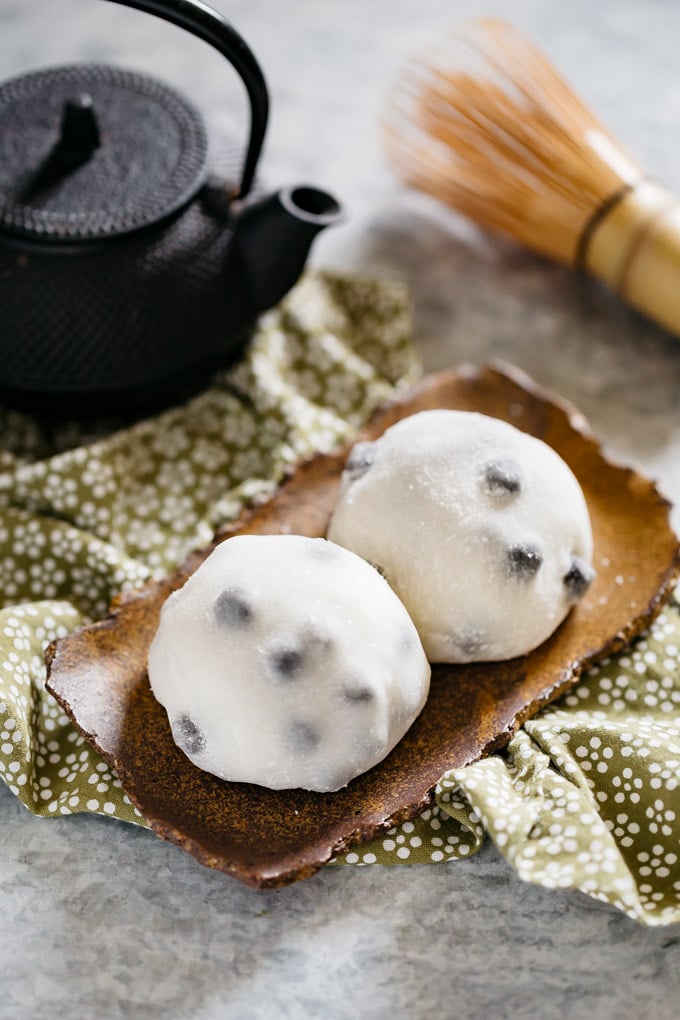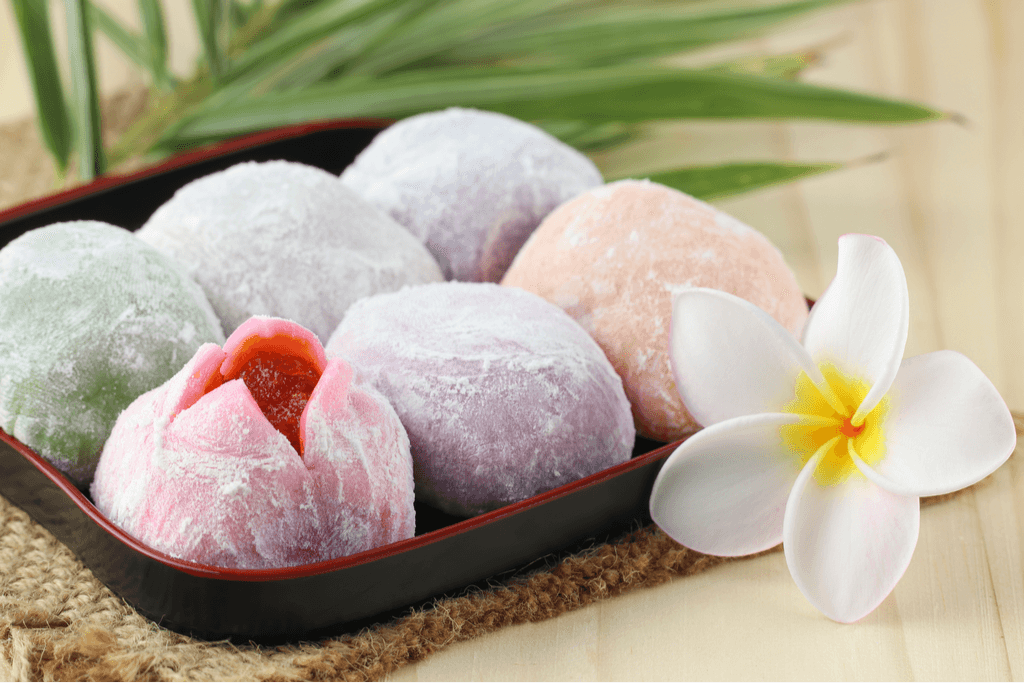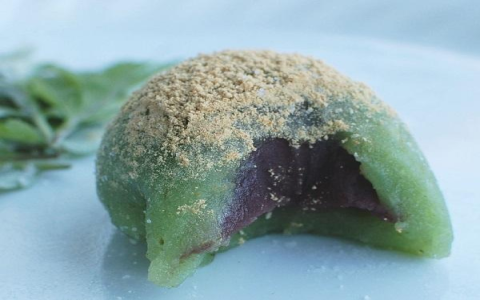Okay, so today I want to share my experience making something called “mame daifuku.” I saw it online, and it looked pretty interesting. You know, one of those Japanese sweets that just catches your eye.

First off, I had to figure out what this thing even was. Turns out, “wagashi” is the general term for traditional Japanese sweets. This particular one, “mame daifuku,” is a type of wagashi. It’s made with these tiny red beans called “azuki” and that sticky rice cake stuff, “mochi.” Sounds simple enough, right?
I found a shop online that was mentioned a lot, saying they had the best “mame daifuku” in Tokyo. Now, I wasn’t in Tokyo, but the pictures they had were pretty tempting. These things were huge, almost the size of my hand! They looked super soft and were filled with this red bean paste that just looked delicious.
So, I went to work. First, I made the mochi. It is not easy, it took some elbow grease to get it to the right consistency. You gotta pound that rice like there’s no tomorrow. Then, cooking the azuki beans. I simmered them for a while until they were nice and soft. After that, I sweetened them up to make the paste. The hardest part was getting the right balance of sweet and a little bit of salty. The shop I saw online mentioned that this balance is key, and let me tell you, it took a few tries to get it right.
Once the paste and mochi were ready, it was time to put them together. I took a chunk of mochi, flattened it out, and scooped a good amount of the red bean paste into the center. Then, I wrapped the mochi around the paste, making sure to pinch the edges so it wouldn’t fall apart. Some of the first ones were kind of a mess, but I got the hang of it.
- Making the mochi: This was a workout! Pounding the rice until it became sticky and smooth.
- Cooking the azuki beans: Simmering them until they were soft enough to mash into a paste.
- Sweetening the paste: Finding the right balance of sugar and a pinch of salt.
- Assembling the daifuku: Wrapping the mochi around the red bean paste.
After all that, I finally had my own homemade “mame daifuku.” They weren’t as big as the ones from that Tokyo shop, but they were still pretty good. Chewy, sweet, and a little bit salty—just like I imagined.

While I was at it, I also tried making a couple of other variations. I saw that the shop had “kusa daifuku,” which I think is made with some kind of herb, and “ume daifuku,” which has plum in it. I didn’t have the exact ingredients, but I improvised a bit. They were okay, but the classic “mame daifuku” was definitely the winner for me.
Final Thoughts
All in all, it was a fun little project. Took up most of my afternoon, but it was worth it. Now I can say I’ve made “mame daifuku” from scratch. It wasn’t perfect, but hey, it’s a start. If you’re ever in the mood to try something new in the kitchen, give this a shot. Just be prepared to get a little messy!









